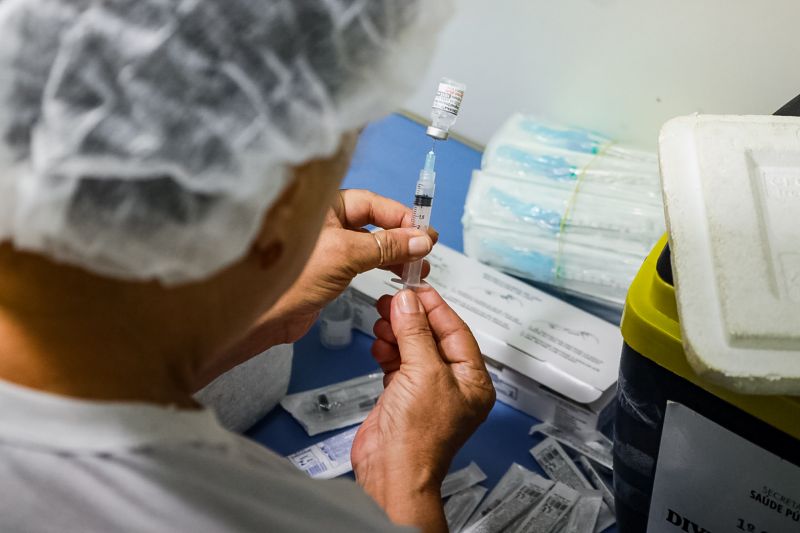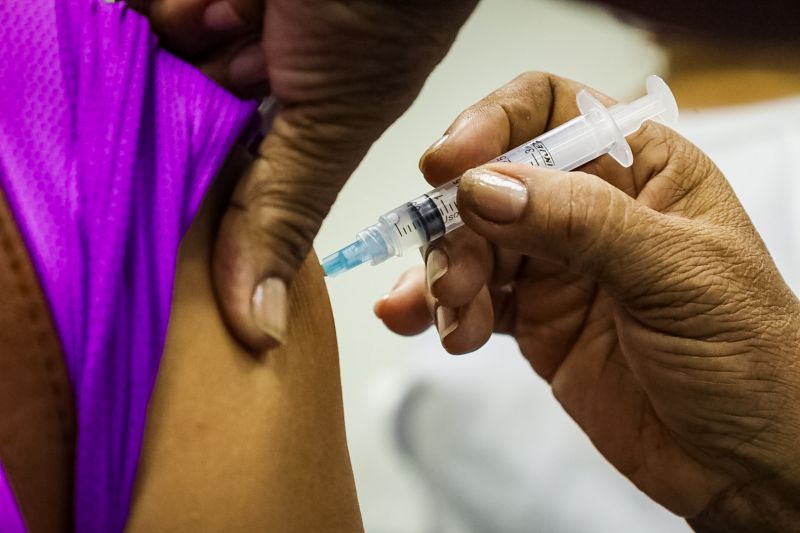Cases of flu syndrome in Pará decrease by 15%
The comparison is in relation to the same period in 2024 and the population should pay attention to vaccination
The State Department of Public Health (Sespa) alerts the population to get vaccinated against Influenza. The strategy is essential for the cases of the disease to continue decreasing in Pará, as 34,588 cases of Flu Syndrome were reported in the State between January 1 and June 6, 2025. In the same period last year, there were 50,045 cases.
Influenza is a viral infection that attacks the lungs, nose, and throat and can be caused by various types of viruses. Symptoms include fever, chills, muscle aches, cough, congestion, runny nose, headaches, and fatigue.
“Sespa has strengthened the surveillance of Respiratory Viruses in Pará through training with the Regional Health Centers (CRS) and municipalities, reinforcing the importance of health professionals being always attentive to the initial clinical picture of flu syndrome (SG) and the proper management of cases of Severe Acute Respiratory Syndrome (SRAG), in addition to reinforcing with the population the adoption of prevention and control measures to avoid the worsening of cases and consequently deaths,” reports Adriana Veras, state coordinator of Epidemiology at Sespa.
One of these measures is vaccination. Since the beginning of the campaign on September 2 of last year, the State has already vaccinated 2,065,770 people against influenza, but the immunization goal among priority groups is at 51%, when the ideal is to reach 90%. Among children, the data indicates 66% of the goal, and among the elderly, no municipality has reached the ideal level of vaccinated individuals.
According to the director of the Immunization Division of Sespa, Jaíra Ataíde, the low vaccination coverage represents a significant risk for the most vulnerable people, especially during the rainy season. “During this period, they spend more time in closed places and crowded areas, which facilitates viral transmission,” she warned.
The state coordinator also reminds the Municipal Health Secretariats that they should actively seek out unvaccinated individuals and create strategies according to their reality to attract attention and reach the priority population to be vaccinated.
The strategy will be maintained throughout the year, going beyond seasonal campaigns and integrating into the National Vaccination Calendar. Jaíra Ataíde criticizes individuals who harm the National Immunization Program (PNI) by spreading false news about the vaccines used in the SUS. “The truth is that vaccines are the main form of prevention against various serious diseases that can leave sequelae and even cause death,” warned the state coordinator.
“The priority public that visits the health unit for any service will have the Influenza vaccine available all year round,” emphasizes Jaíra. Beyond the priority groups that are already part of the National Vaccination Calendar, such as children from 6 months to under 6 years, pregnant women, and the elderly from 60 years old, the target audience of the strategy also includes:
* Health workers;
* Postpartum women;
* Teachers of basic and higher education;
* Indigenous peoples;
* Homeless individuals;
* Professionals from security and rescue forces;
* Armed Forces professionals;
* People with non-communicable chronic diseases and other special clinical conditions (regardless of age);
* People with permanent disabilities;
* Truck drivers;
* Workers in collective road transport (urban and long-distance);
* Port workers;
* Employees of the deprivation of liberty system;
* The incarcerated population, as well as adolescents and young people under socio-educational measures (between 12 and 21 years old).
(With collaboration from Giulliane Dias and information from the Ministry of Health)











